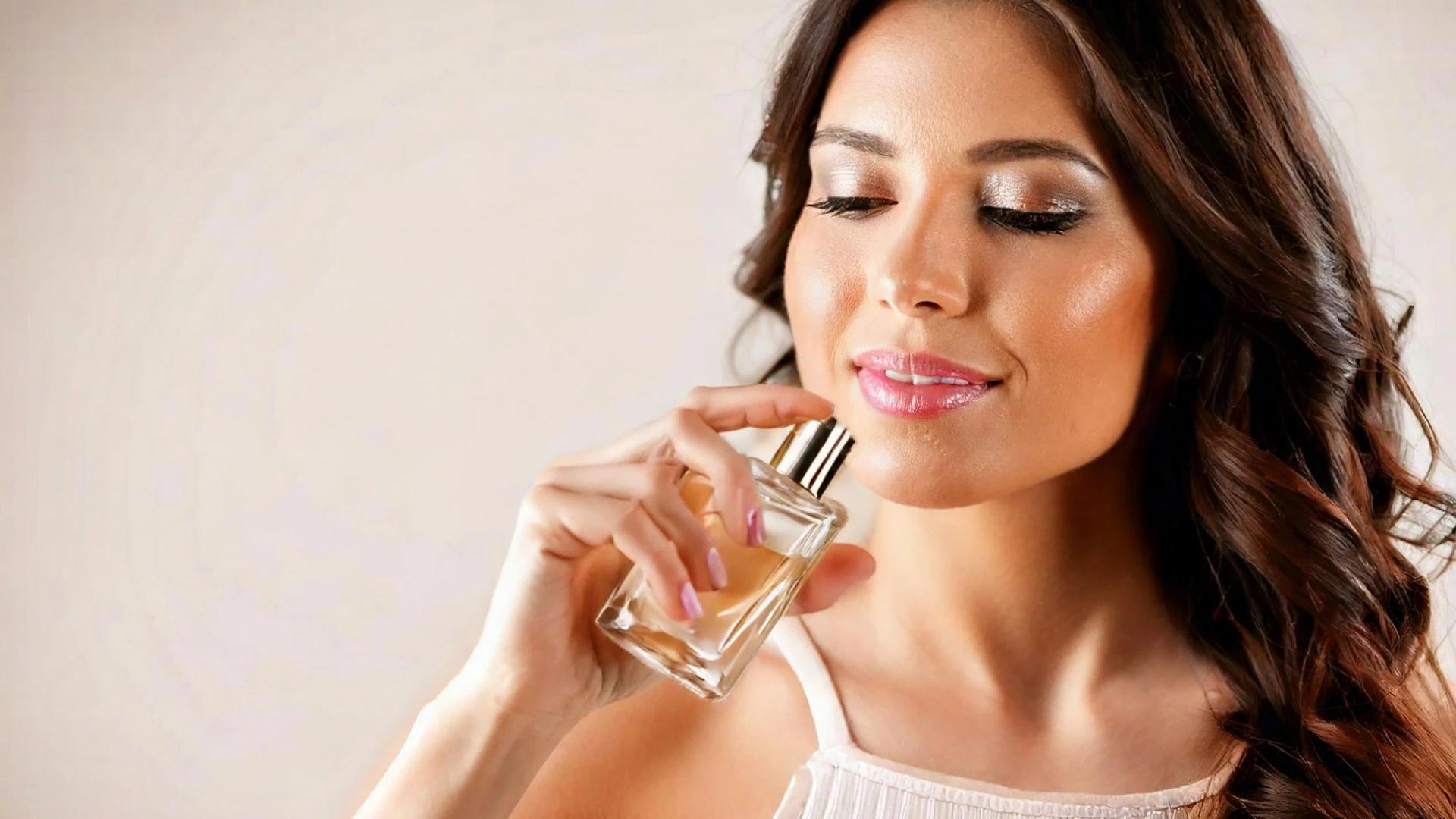Can I mix different fragrances together?
Absolutely! Fragrance layering is a popular technique for creating unique scent combinations. Start with fragrances from similar fragrance families and apply them to different pulse points for best results.
What's the difference between Eau de Parfum and Eau de Toilette?
Eau de parfum contains 15-20% fragrance oils, making it more intense and longer-lasting. Eau de toilette has 5-15% fragrance oils, creating a lighter scent that's perfect for daytime wear.
How can I make my fragrance last longer?
Apply to pulse points, moisturise your skin first, and consider fragrance layering with matching body products. Proper perfume storage also helps maintain the integrity of your fragrances.
Are there any ingredients I should avoid in perfumes?
If you have sensitive skin, watch out for common allergens like linalool, limonene, or synthetic musks. Always patch test new fragrances and check ingredient lists if you have known sensitivities.
Key Takeaways
Mastering fragrance perfume application and selection doesn't have to be complicated. Understanding fragrance notes helps you choose scents that align with your preferences, while proper application techniques ensure maximum fragrance longevity. Experimenting with fragrance layering can create your signature scent, and staying informed about fragrance trends keeps your collection fresh and current.
Remember that finding your perfect fragrance is a journey, not a destination. Your scent preferences might evolve, and that's perfectly normal. The key is to keep exploring, trying new combinations, and discovering what makes you feel confident and authentic. With these nine tips in your arsenal, you're well-equipped to build a fragrance collection that truly represents you. Whether you're drawn to fresh citrus scents, warm vanilla bases, or complex floral bouquets, there's a perfect fragrance perfume waiting to become your next favourite.

 100ml
100ml 15 ml*4
15 ml*4 30ml
30ml 100ml
100ml 100ml
100ml 100ml
100ml 30ml
30ml 100 ML
100 ML 100ml
100ml 30ml
30ml